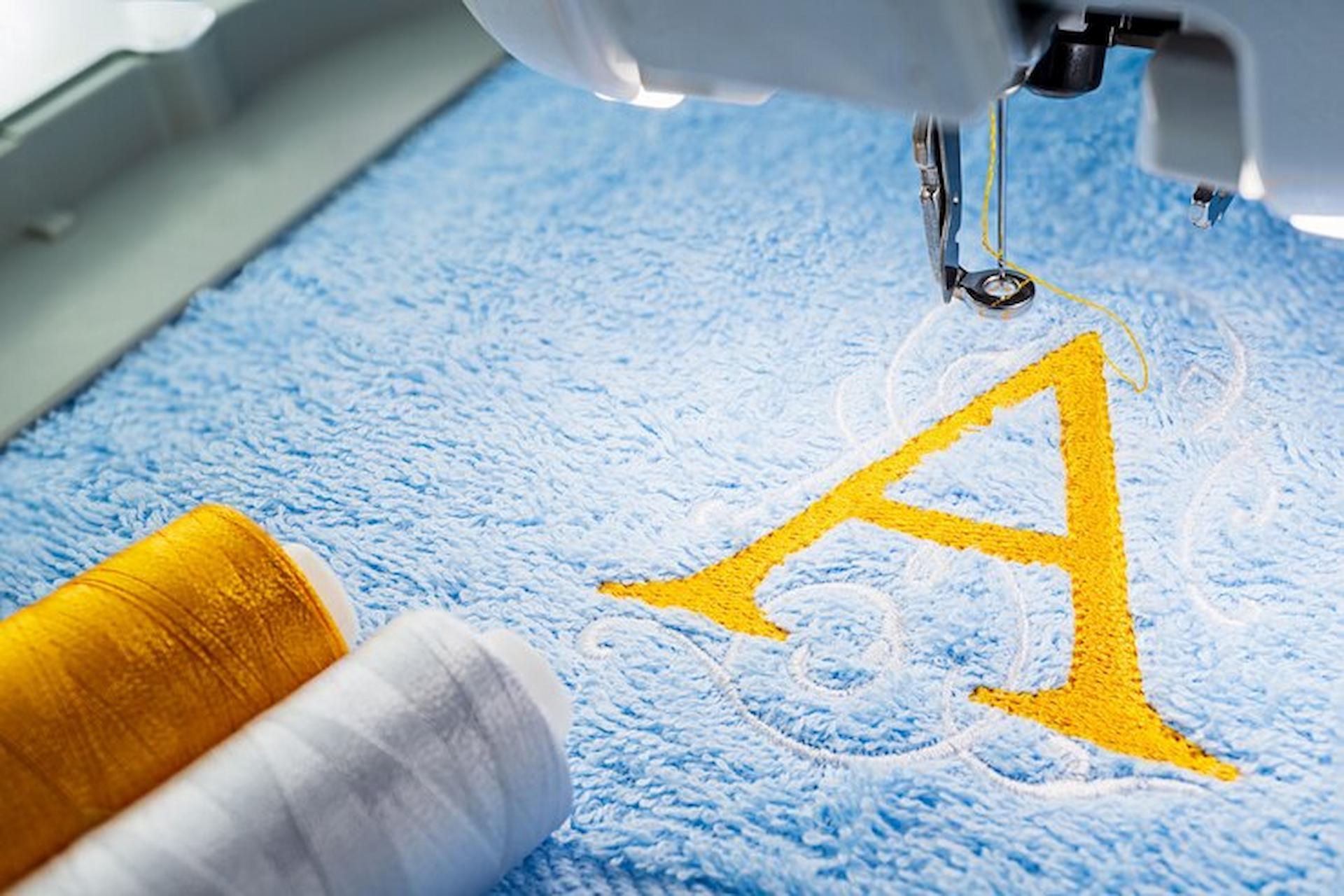Artful Embroidery: Crafting Your Vision with Precision

Embroidery, an age-old craft, has transcended generations, weaving stories and traditions into every stitch. But this traditional art form has embraced technology in the modern era, ushering in a new era of precision and creativity. At the heart of this evolution lies digitization, a process that marries the intricate handiwork of embroidery with the precision of digital design. Join us on a journey into artful embroidery, where tradition meets innovation, and creativity knows no bounds.
The Evolution of Embroidery
Embroidery, with its historical roots spanning centuries, stands as a profound testament to the ingenuity and proficiency of human craftsmanship. From ancient civilisations to medieval tapestries, embroidery has adorned clothing, textiles, and ceremonial objects, each stitch telling its own story. However, it was only with the advent of industrialisation that embroidery began to evolve rapidly. With the introduction of mechanised embroidery machines, the craft became more accessible but lost some of its handcrafted charm.
The Rise of Digitization
In recent decades, the resurgence of interest in traditional crafts coupled with technological advancements has paved the way for a new era of embroidery. Digitization embroidery is a process that involves converting artwork into digital files that embroidery machines can interpret. This technological leap has revolutionised the craft, allowing for greater precision, efficiency, and versatility in design. With digitization, intricate patterns and complex designs that were once painstakingly hand-stitched can now be reproduced accurately and quickly.
Mastering the Digitization Process
Digitization is both an art and a science, requiring a deep understanding of traditional embroidery techniques and digital design principles. The process involves converting artwork, such as drawings or photographs, into a format that embroidery machines can understand. It typically involves using specialised software that allows designers to digitize the artwork, specifying details such as stitch types, densities, and colour variations. While the process may seem daunting initially, with practice and patience, anyone can learn to master the art of digitization.
Unleashing Creativity with Digital Embroidery
One of digitization’s most exciting aspects is its limitless creative possibilities. With digital embroidery, designers are no longer bound by the constraints of traditional techniques. Intricate patterns, vibrant colours, and lifelike imagery can all be easily achieved, opening up a world of possibilities for artistic expression. Whether creating custom designs for fashion, home decor, or art installations, digital embroidery allows artists to bring their visions to life with precision and flair.
Preserving Tradition in a Digital Age
While digitization brings forth a wave of innovation, it’s essential to acknowledge and preserve the rich traditions embedded within the art of embroidery. Despite the shift towards digital methods, many artisans continue to practice traditional embroidery techniques, passing down centuries-old knowledge from generation to generation. Digitization serves not to replace these traditions but to complement them, offering new tools and methods to enhance craftsmanship while staying true to the essence of the craft. By honouring the past and the present, we ensure that embroidery remains a vibrant and evolving cultural treasure.
Accessibility and Inclusivity
One of the most significant advantages of digitization in embroidery is its ability to make the craft more accessible to a broader audience. Traditional embroidery can require years of practice, but with digital tools, enthusiasts can dive into embroidery with relative ease. Digital embroidery machines allow for precise and consistent results, making it possible for hobbyists and professionals to create stunning pieces without extensive training. Moreover, digitization opens doors for individuals with disabilities who may find traditional embroidery techniques challenging, offering alternative methods for artistic expression and craftsmanship.
The Intersection of Art and Technology
The fusion of art and technology in digitization embroidery blurs the lines between traditional craftsmanship and contemporary design. Artists and designers are leveraging digital tools to push the boundaries of embroidery, experimenting with new materials, techniques, and concepts. The possibilities for creative expression are endless, from interactive installations to wearable tech. Digitization also facilitates collaboration across disciplines, bringing together artists, engineers, and innovators to explore new frontiers in textile art. As technology continues to evolve, so will the art of embroidery, evolving into new forms and mediums that challenge our perceptions and ignite our imaginations.
Conclusion
With its rich history and timeless beauty, artful embroidery has found new life in the digital age. Through digitization, traditional craftsmanship meets cutting-edge technology, ushering in a renaissance of creativity and innovation. From preserving ancient techniques to embracing modern methods, digitized embroidery offers a canvas for artistic expression. As we continue to explore the intersection of tradition and technology, let us celebrate the boundless possibilities of artful embroidery and the enduring legacy of human creativity.
In a world where the digital and the handmade converge, the art of embroidery remains a testament to the enduring power of craft and imagination.

